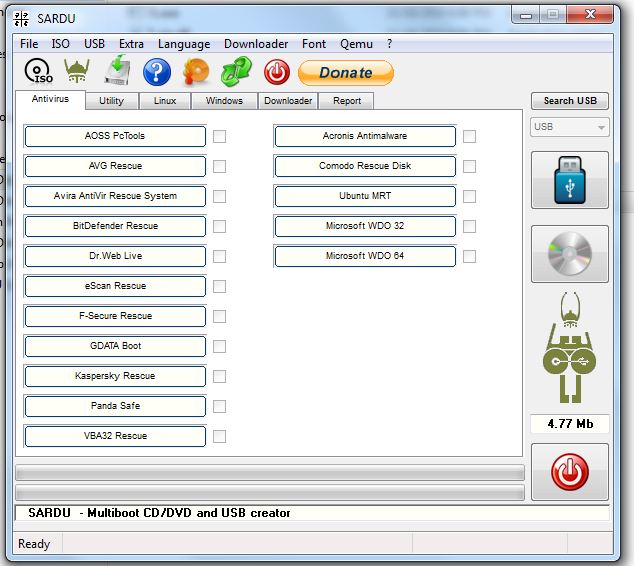Hello hello! We are together with yet another data recovery related post, since I noticed that I skipped something after all. I've been talking about how RAID arrays work and all the technical information, but I just noticed that I never mentioned anything about how you can recover your data from your RAID array in a real life scenario.
Hence, today's topic will be RAID Recovery for Windows, also the name of the software we will be using.
First things first, you're supposed to remove all the disks from your RAID array, and connect them to your computer as individual disks. This might require some time since you will end up having to open your computer up in order to connect the disks.
After you're done connecting the disks to your computer one by one, it's now time to download the software we are going to use. For this, we are going to use a software called RAID Recovery for Windows, which works on every Windows platform. One downside is the fact that the software costs 99$, which is pretty expensive (in my opinion). You can find more information about RAID Recovery for Windows here.
After you obtain RAID Recovery for Windows, you're simply to choose the RAID array type you're using, (only RAID 0 and RAID 5 are supported) check the disks, and let the program do your magic. As we've talked before, there's a fault tolerance of one disk in RAID 5, so you can connect one disk less and still recover all of the data. In RAID 0, even though there's no fault tolerance, the software will try to save as much data as possible provided that your computer detects the disk.
After that's done, you will be able to access your files in an explorer window where you can copy them into another disk. You can also use disk images instead of the disks itself, if you're making images regularly. That will save you from the trouble of reconnecting the disks to your computer, and you can rebuild your RAID data quickly and put your array back online with a new set of disks in the case of failure.
I personally haven't gave RAID Recovery for Windows a try myself yet, since I haven't experienced problems with my RAID array in a long time, but I've been recommended by my colleagues to use it, as they said they had success with it. Maybe in the future, if I get into a position to need to use it, (hope not!) I wrill write a more extensive review about the software itself.
That would be all, I guess. It's a pretty straight forward process that every user can follow easily in order to recover their data. The same company also offers software for NAS data recovery if you're interested, since these these things pretty much go hand in hand.
Thanks for reading folks, I hope this makes your life easier!
Hence, today's topic will be RAID Recovery for Windows, also the name of the software we will be using.
First things first, you're supposed to remove all the disks from your RAID array, and connect them to your computer as individual disks. This might require some time since you will end up having to open your computer up in order to connect the disks.
After you're done connecting the disks to your computer one by one, it's now time to download the software we are going to use. For this, we are going to use a software called RAID Recovery for Windows, which works on every Windows platform. One downside is the fact that the software costs 99$, which is pretty expensive (in my opinion). You can find more information about RAID Recovery for Windows here.
After you obtain RAID Recovery for Windows, you're simply to choose the RAID array type you're using, (only RAID 0 and RAID 5 are supported) check the disks, and let the program do your magic. As we've talked before, there's a fault tolerance of one disk in RAID 5, so you can connect one disk less and still recover all of the data. In RAID 0, even though there's no fault tolerance, the software will try to save as much data as possible provided that your computer detects the disk.
After that's done, you will be able to access your files in an explorer window where you can copy them into another disk. You can also use disk images instead of the disks itself, if you're making images regularly. That will save you from the trouble of reconnecting the disks to your computer, and you can rebuild your RAID data quickly and put your array back online with a new set of disks in the case of failure.
I personally haven't gave RAID Recovery for Windows a try myself yet, since I haven't experienced problems with my RAID array in a long time, but I've been recommended by my colleagues to use it, as they said they had success with it. Maybe in the future, if I get into a position to need to use it, (hope not!) I wrill write a more extensive review about the software itself.
That would be all, I guess. It's a pretty straight forward process that every user can follow easily in order to recover their data. The same company also offers software for NAS data recovery if you're interested, since these these things pretty much go hand in hand.
Thanks for reading folks, I hope this makes your life easier!








